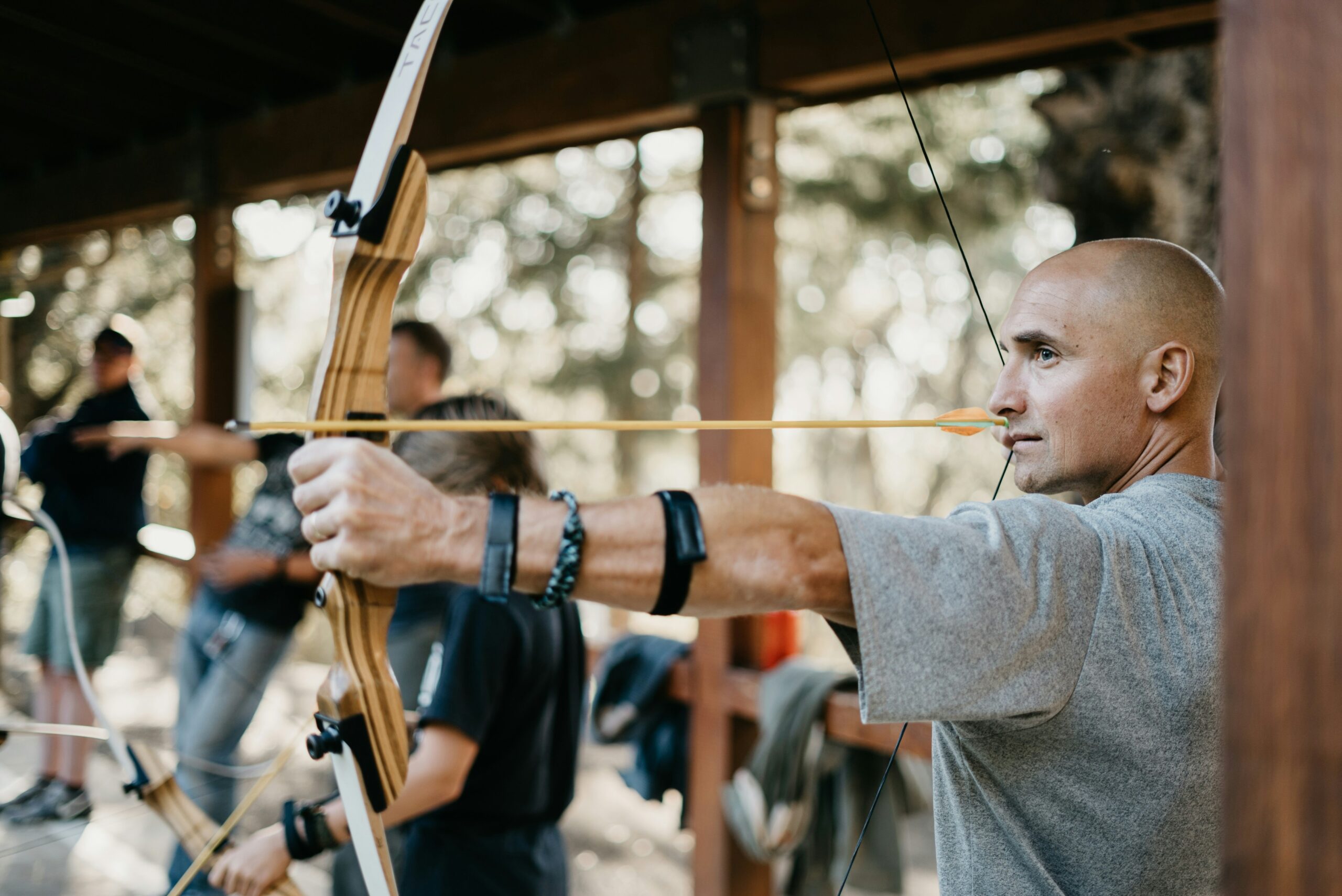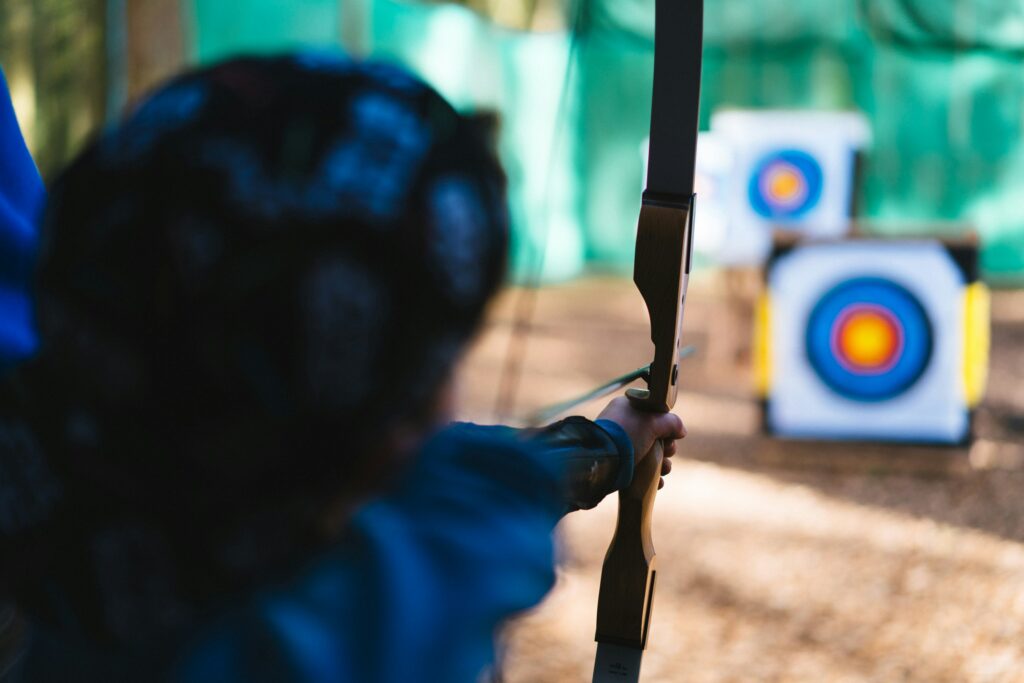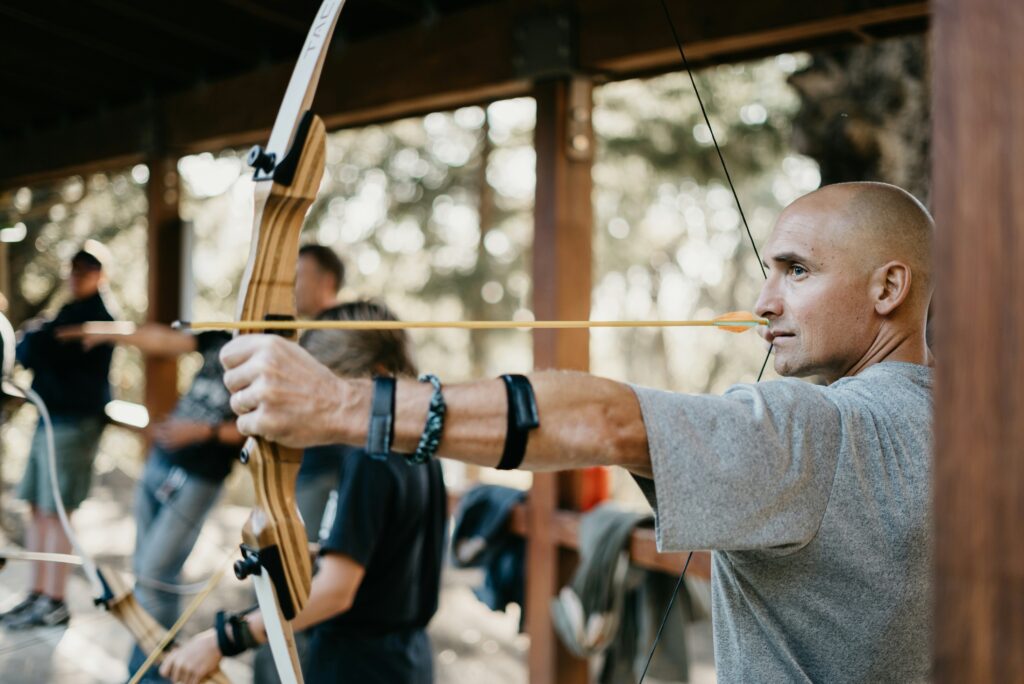Understanding archery terminology: A beginner’s guide
If you’re just starting out in archery, you may have noticed that the sport has its own unique set of terms and lingo. From the different types of bows to the parts of the arrow, understanding these terms is essential for both improving your skills and communicating effectively with fellow archers. Whether you’re taking your

If you’re just starting out in archery, you may have noticed that the sport has its own unique set of terms and lingo. From the different types of bows to the parts of the arrow, understanding these terms is essential for both improving your skills and communicating effectively with fellow archers. Whether you’re taking your first shot or looking to refine your technique, knowing the terminology will help you gain a deeper understanding of the sport and ensure that you make the most of your practice sessions.
In this beginner’s guide, we’ll cover the basics of archery terminology to help you on your journey:
- Why learning archery terminology is important
- Basic terms in archery
- Types of bows and arrows
- Scoring and targets
- Familiarise yourself with your sport

Why learning archery terminology is important
Like any sport, archery has a language of its own. When you’re new to the sport, it can feel a bit overwhelming trying to make sense of the terms that get thrown around. But learning the terminology is more than just memorising words; it’s about gaining a better understanding of the mechanics, tools, and techniques that make archery unique. Whether you’re attending a class, chatting with other archers, or reading up on archery guides, knowing the proper terms will help you absorb new information faster and more accurately. It also means you can ask the right questions, troubleshoot issues with your form, and improve your technique with confidence.
So, let’s break it down and start with some of the key terms every archer should know.
Basic terms in archery
Draw Length
This is the measurement of how far back you pull the bowstring when you draw the bow. It’s important to get your draw length right, as it affects both your accuracy and your comfort while shooting. If your draw length is too short or too long, it can lead to inaccurate shots or unnecessary strain on your body.
Bowstring
The bowstring is the cord that you pull back and release when shooting an arrow. It’s attached to both ends of the bow and is typically made from durable materials like dacron, kevlar, or fast-flight. The tension and condition of the bowstring are crucial for smooth and accurate shots.
Quiver
A quiver is the container used to hold your arrows. It can be worn on your back, attached to your waist, or even mounted on your bow. Keeping your arrows in a quiver not only keeps them organised but also makes them easily accessible while you’re shooting.
Arrow Rest
The arrow rest is a small part of the bow where the arrow sits before you release it. It helps to keep the arrow steady while you draw the bowstring. Some rests are simple, while others are designed to help with accuracy and precision by stabilising the arrow as it is released.
Nocking Point
This refers to the specific spot on the bowstring where the arrow is placed before you draw. The nocking point ensures that the arrow is correctly positioned for release. Most modern bows have a small marker or bead on the string that indicates the nocking point.
Types of bows and arrows
Recurve Bow
A recurve bow is one of the most common types of bows used in modern archery. It has limbs that curve away from the archer when unstrung, which helps to store more energy and generate greater arrow speed. This type of bow is typically used in Olympic archery and is known for its accuracy and speed.
Compound Bow
Compound bows are designed with a system of pulleys and cams, which makes them more efficient than traditional bows. These bows have a higher level of precision, making them ideal for target archery and hunting. The pulleys reduce the amount of strength needed to hold the draw at full length, allowing for a steadier shot and less fatigue for the archer.
Longbow
The longbow is a traditional bow, much taller than a recurve or compound bow, and is often associated with historical archery. Longbows are simple, elegant, and require more strength and technique to use effectively. While less common in modern competitive archery, they are still used in some historical reenactments and by enthusiasts who appreciate their classic design.
Arrow Parts
Shaft: The long, straight part of the arrow that runs from the point to the nock. It’s typically made from wood, aluminium, or carbon fibre.
Fletching: The feathers or vanes attached to the back end of the arrow to stabilise its flight. Fletching helps the arrow fly straight and true when released.
Nock: The small notch at the back of the arrow where it sits on the bowstring. The nock helps secure the arrow in place before it’s shot.

Scoring and targets
Scoring system
In competitive archery, scoring is based on where the arrow lands on the target. The most common system is the 10-ring system, where the target is divided into concentric rings, each representing different point values. The innermost circle, known as the “bullseye,” is worth 10 points, and the score decreases as the arrow lands further from the centre. For example, the second ring is worth 9 points, the third ring 8 points, and so on. In some archery events, scoring can also be based on the number of arrows shot or the distance from the target.
Target types
The most common targets used in archery are circular targets with concentric rings, like those used in Olympic competitions. These targets typically have a diameter of 122 cm for outdoor shooting. For field archery, targets are often set at various distances and angles, simulating real-world hunting scenarios. There are also 3D targets, which are life-sized representations of animals and are primarily used in bowhunting practice.
Familiarise yourself with your sport
As a new archer, it’s important to familiarise yourself with archery terminology to enhance your understanding and improve your performance. By learning the basics, such as the different types of bows, parts of the arrow, and scoring systems, you’ll find yourself communicating more easily with other archers and feeling more confident in your own practice. Remember, archery is about focus, technique, and patience, and understanding the language of the sport is the first step towards becoming a better archer.
So, next time you’re at the range, don’t be afraid to ask questions, share your knowledge, and, most importantly, enjoy the journey. Happy shooting!